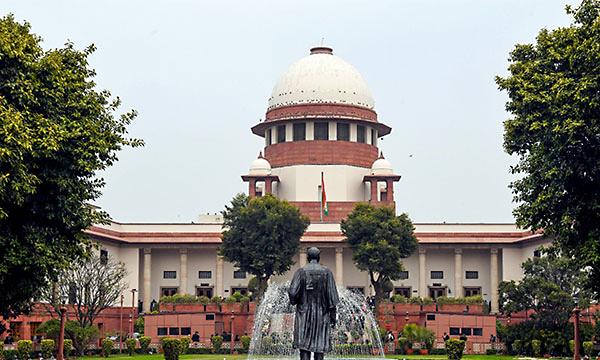 |
|
The Supreme Court of India is currently deliberating on the significant impact of structural modifications within Delhi's Mehrauli Archaeological Park. The Archaeological Survey of India (ASI), in its submission to the court, highlighted the detrimental effects these alterations have had on the historical integrity of the site. This case underscores a critical conflict between development and the preservation of cultural heritage, a conflict playing out in many urban centers around the world. The Mehrauli Archaeological Park, a location of immense historical and religious significance, faces threats from development pressures, raising concerns about the delicate balance between modernization and the protection of irreplaceable cultural assets. The ASI's report emphasizes that the modifications, undertaken under the guise of restoration and conservation, have inadvertently compromised the historical authenticity of the park. This raises questions about the efficacy and appropriateness of the methods employed. The park's significance extends beyond mere historical value; it holds profound religious importance for a significant segment of the population, further complicating the issue. This interplay of historical, cultural, and religious factors makes the case particularly complex and demands careful consideration from the judicial system.
The ASI's report specifically points to the Ashiq Allah Dargah and the Chillagah of Baba Farid, a revered 13th-century Sufi saint, as sites of religious significance that have been affected by the alterations. The inscription on Shaikh Shahibuddin's (Ashiq Allah) tomb, dating back to 1317 AD, serves as evidence of the site's historical weight. The proximity of these structures to the citadel of Prithviraj Chauhan, a significant figure in Indian history, further underscores their historical importance within a broader historical context. The ASI's contention that these modifications violate the Ancient Monuments and Archaeological Sites and Remains Act highlights the legal ramifications of the alterations. The act, designed to protect ancient monuments, clearly dictates that any repair, renovation, or construction work requires explicit approval from the competent authority. The lack of such approval raises questions about the legality of the actions taken and the accountability of those responsible.
The case before the Supreme Court stems from a plea filed by Zameer Ahmed Jumlana, who voiced concerns about the Delhi Development Authority's (DDA) plans to demolish structures in the park under the pretext of removing encroachments. Jumlana's concerns are rooted in the DDA's failure to properly assess the historical significance of these structures before undertaking any demolition. This oversight is especially concerning in light of the demolition of the 600-year-old Akhonji mosque earlier this year, a clear indication of the potential for irreversible damage to historical sites. The Delhi High Court's initial refusal to intervene underscores the need for a higher judicial authority to address the matter. The High Court's suggestion that a committee led by Delhi's Lt Governor consider the issue was deemed inadequate by Jumlana, who argued that this committee lacked the necessary expertise to determine the antiquity of the structures. The Supreme Court's involvement is crucial to ensure a thorough investigation and to prevent further damage to the park's historical and religious heritage.
The Mehrauli Archaeological Park case presents a multifaceted legal and historical challenge. It showcases the inherent difficulties in balancing urban development with the imperative of preserving invaluable historical sites. The ASI's report is a vital piece of evidence demonstrating the damage caused by the unauthorized modifications. The Supreme Court's role is paramount in protecting the historical and religious integrity of the park, and its decision will have broader implications for the preservation of similar sites across India. The case also highlights the crucial need for clear guidelines, effective monitoring mechanisms, and stricter enforcement of existing legislation to prevent future damage to historically significant locations. The ongoing legal battle serves as a reminder of the critical need to balance modernization with the preservation of cultural heritage for future generations. The outcome of this case will influence future preservation efforts and set precedents for similar conflicts between development and the protection of historical sites in other parts of the country and the world.
The broader context of this case involves the complex relationship between the government, development agencies, and the preservation of historical sites. The DDA's actions raise concerns about potential biases towards development projects over historical preservation. The lack of proper consultation with historical experts and the failure to fully consider the historical and religious significance of the structures before undertaking any action points to a critical gap in the decision-making process. This highlights a deeper systemic issue regarding the prioritization of heritage conservation within larger developmental agendas. The case necessitates a critical review of current laws and policies governing the preservation of archaeological sites and a significant shift towards more inclusive and comprehensive approaches that ensure a balance between development and heritage preservation. The involvement of the Supreme Court provides a crucial platform to address these systemic issues and establish clearer guidelines for future projects impacting historical sites.
Source: Structural modifications of Delhi's Mehrauli Archaeological Park impact historicity: ASI to SC
